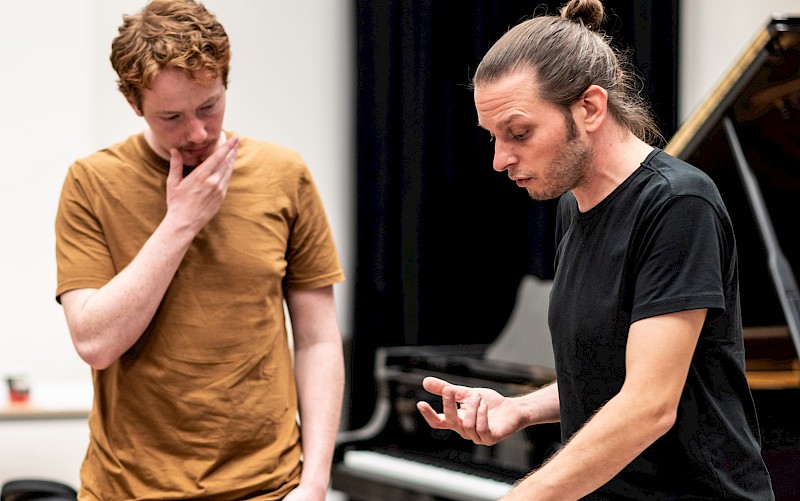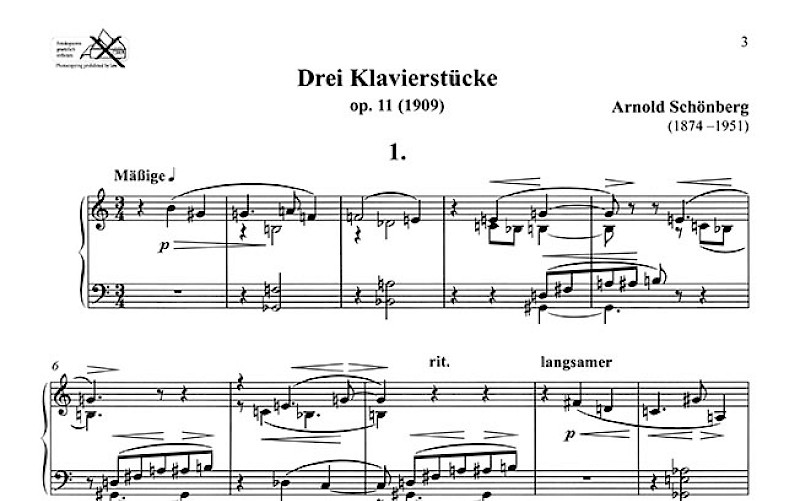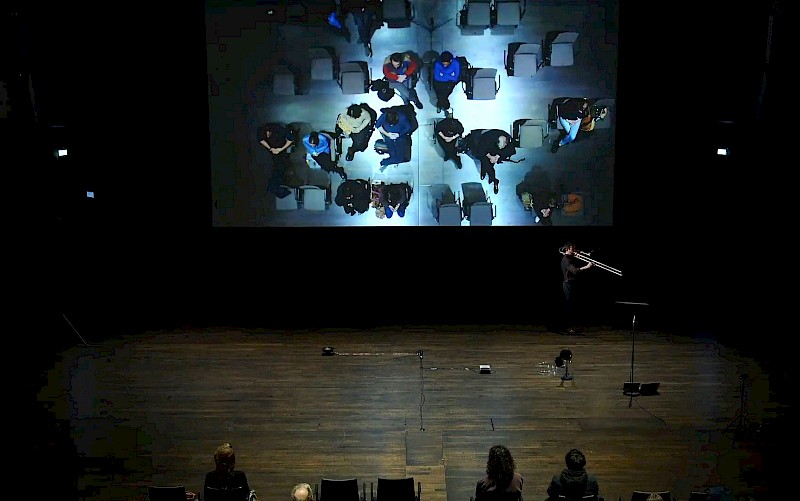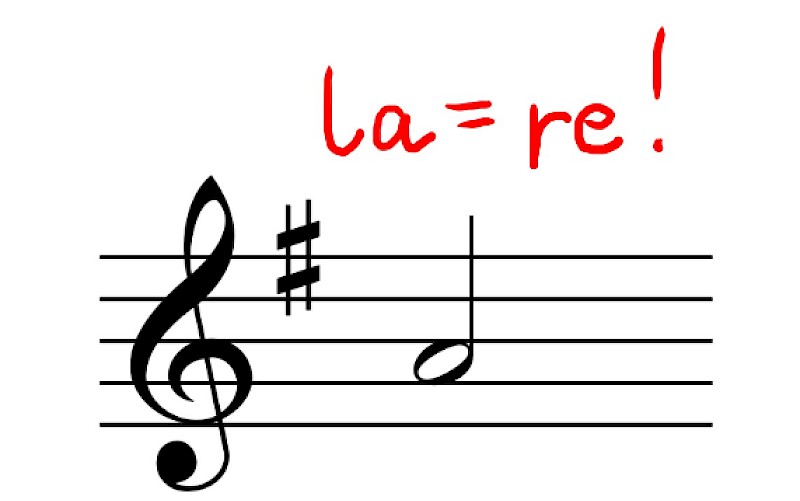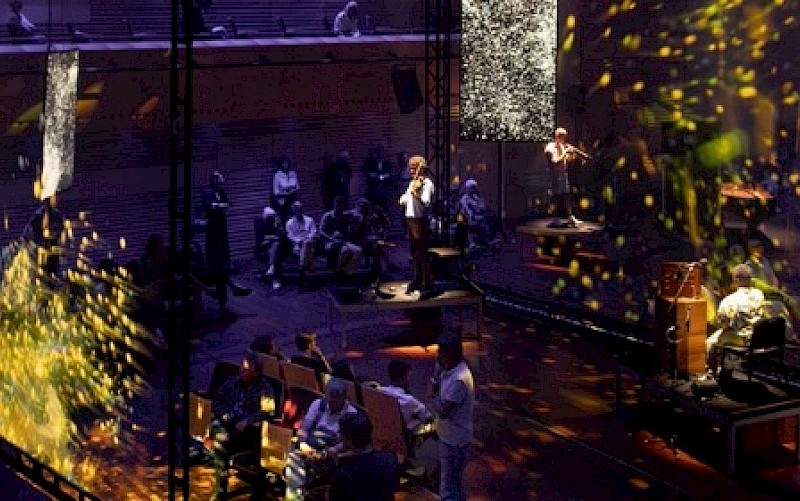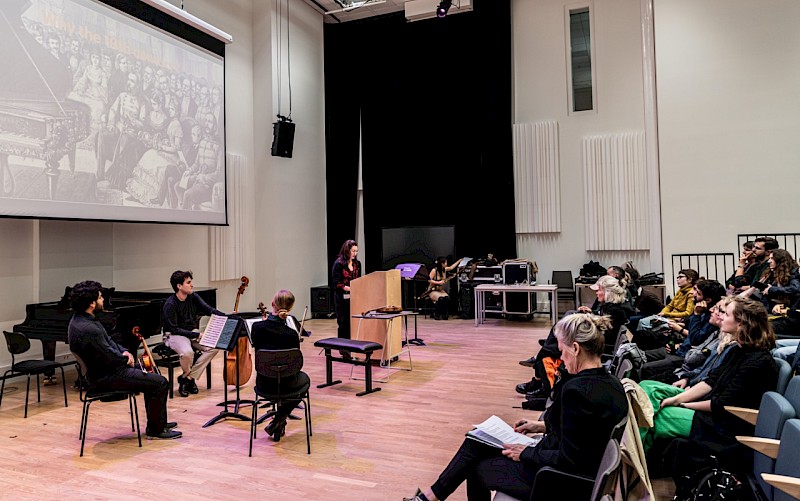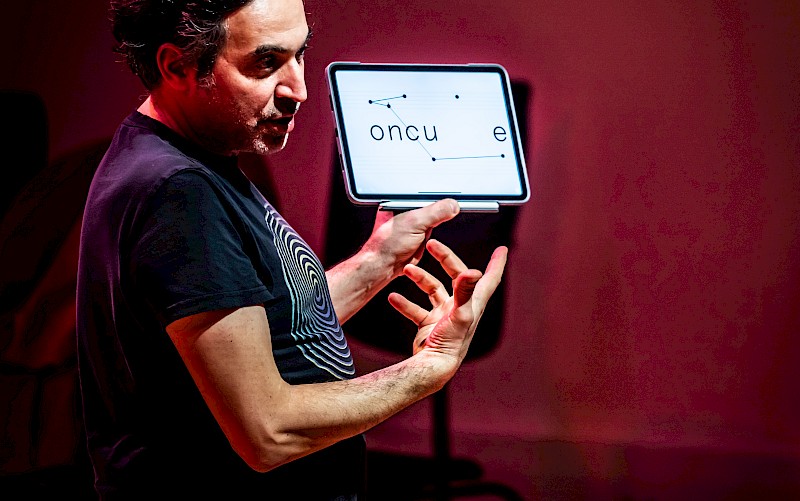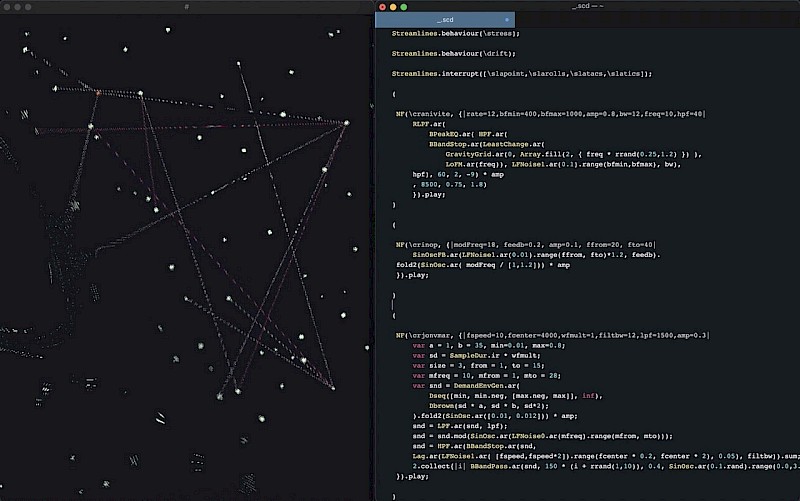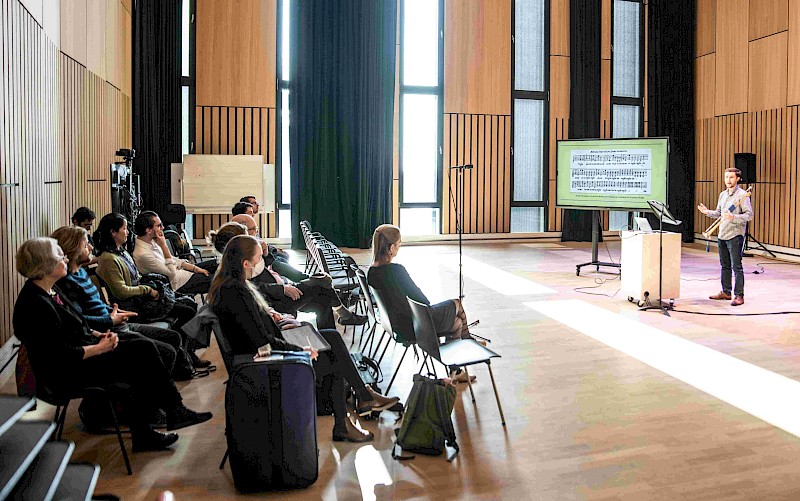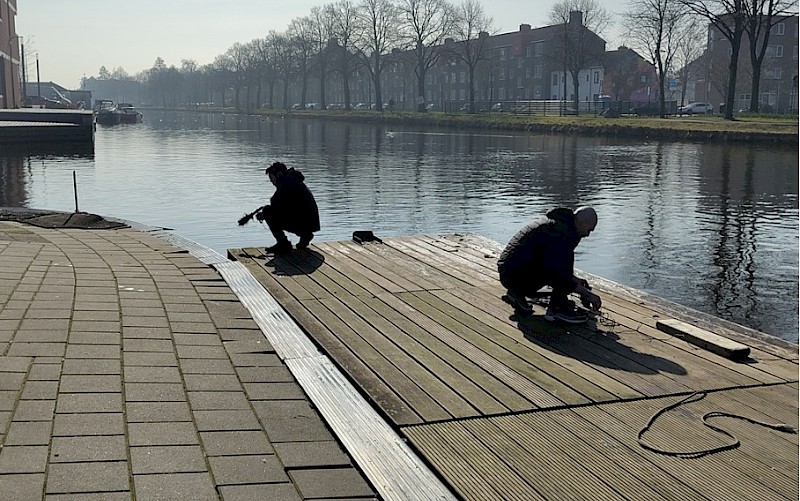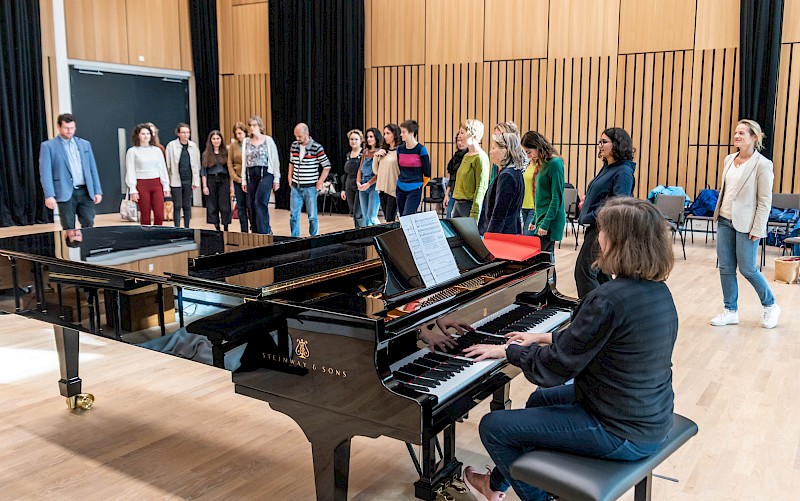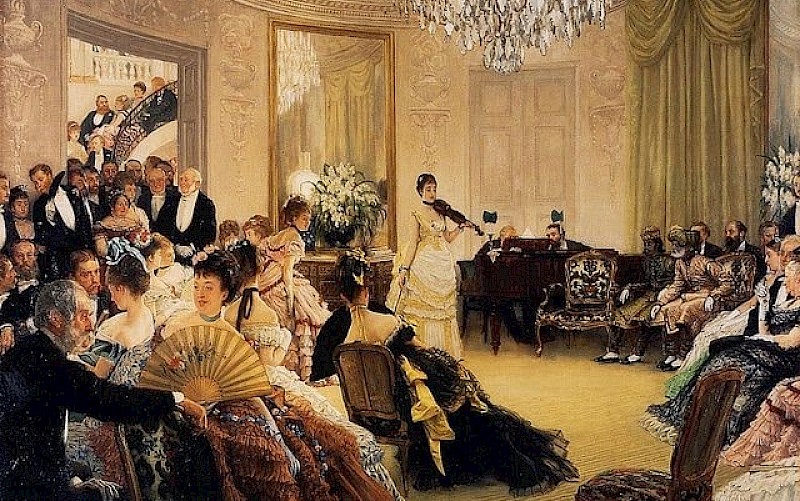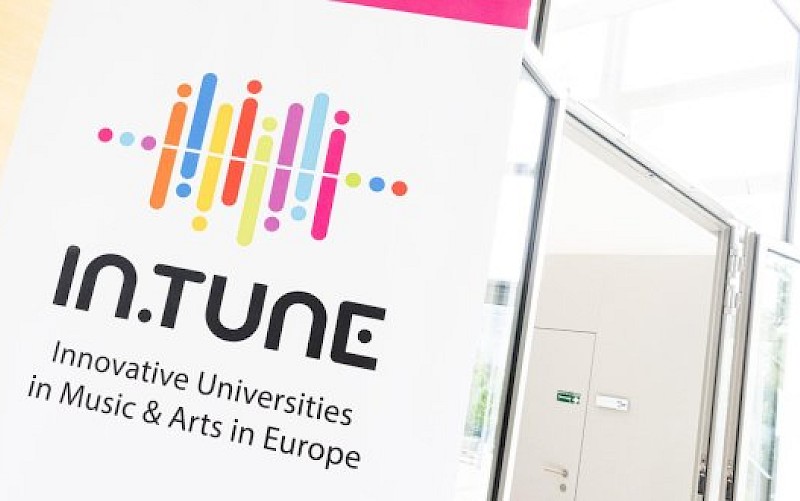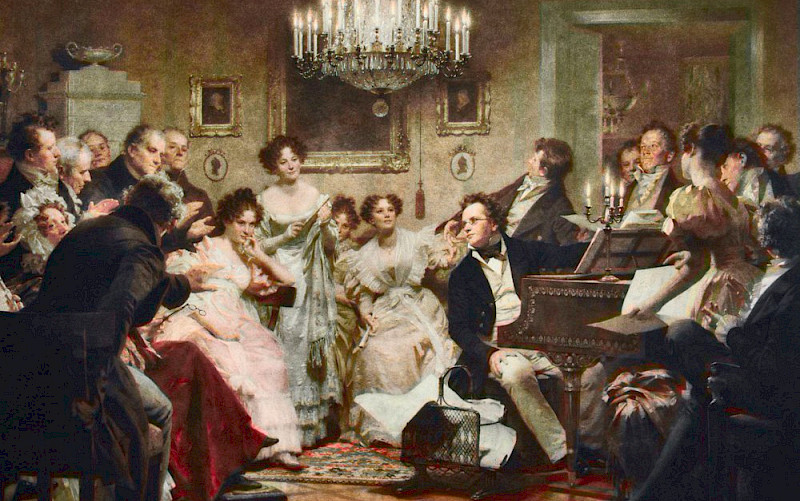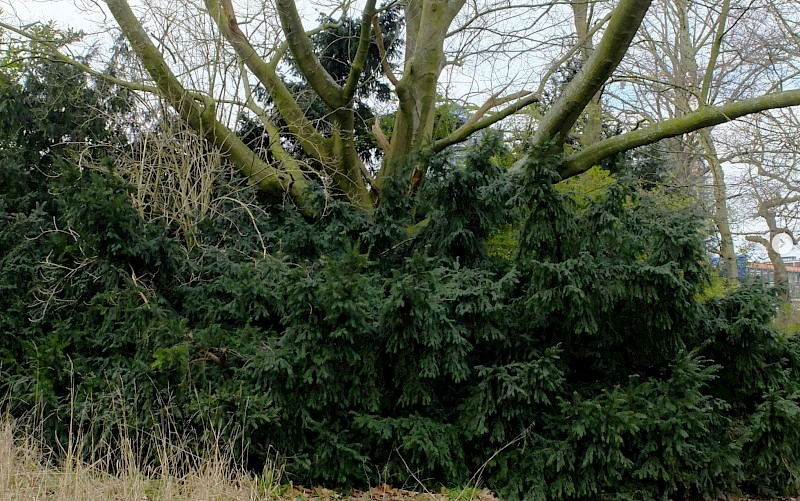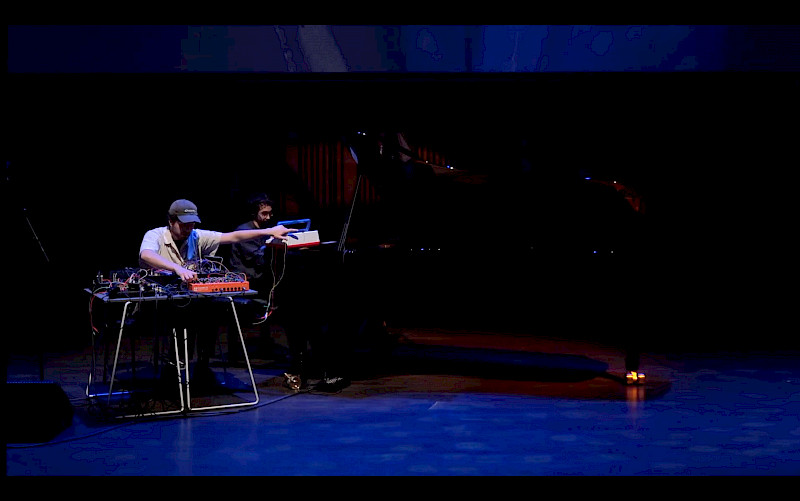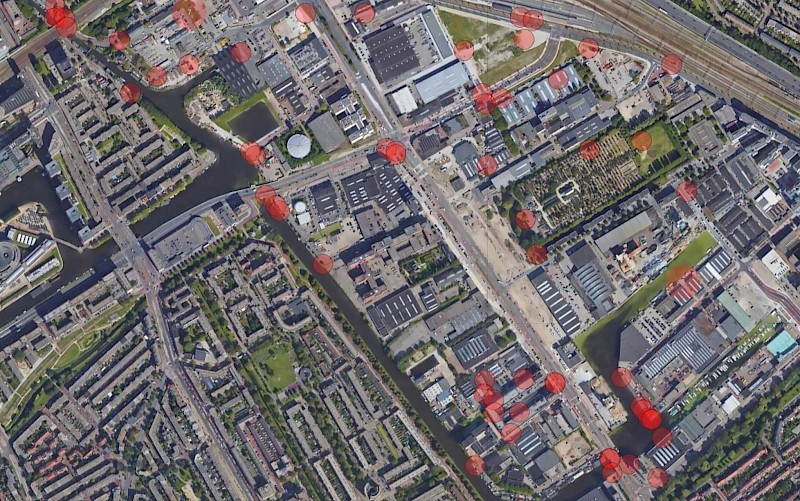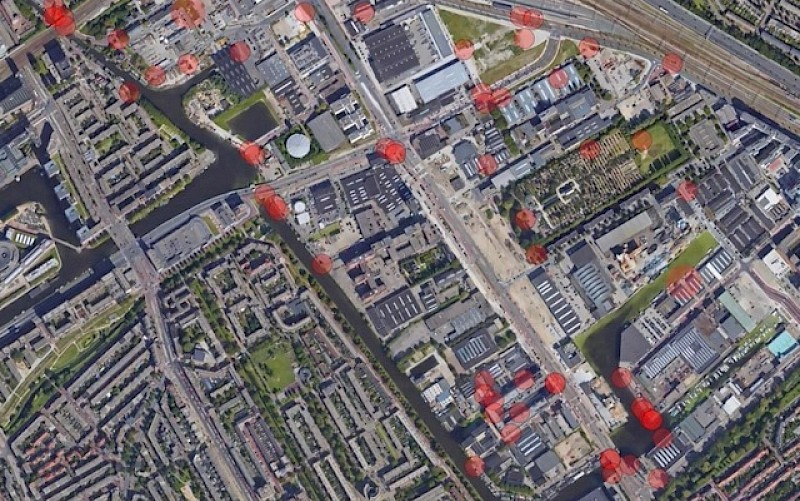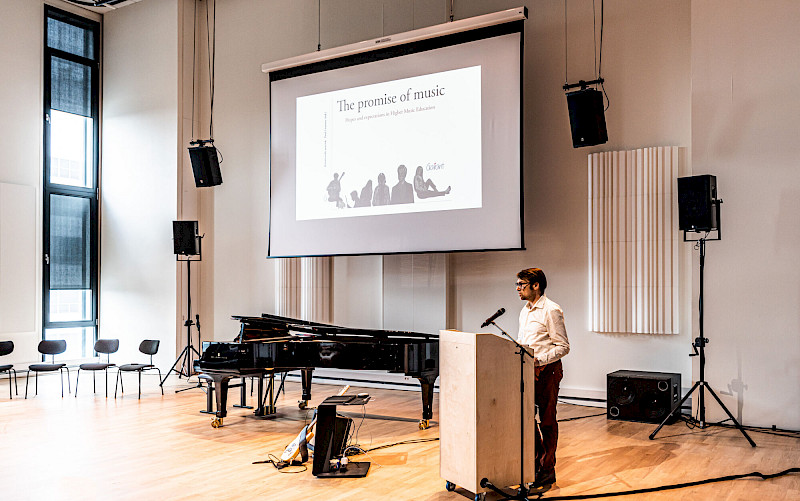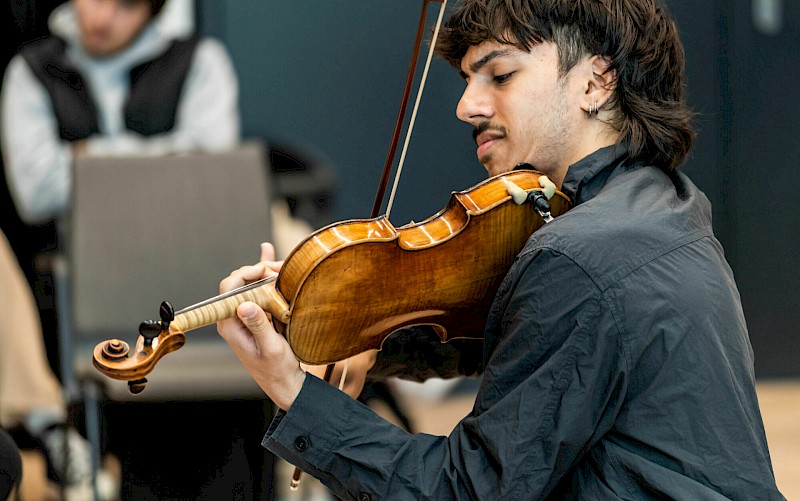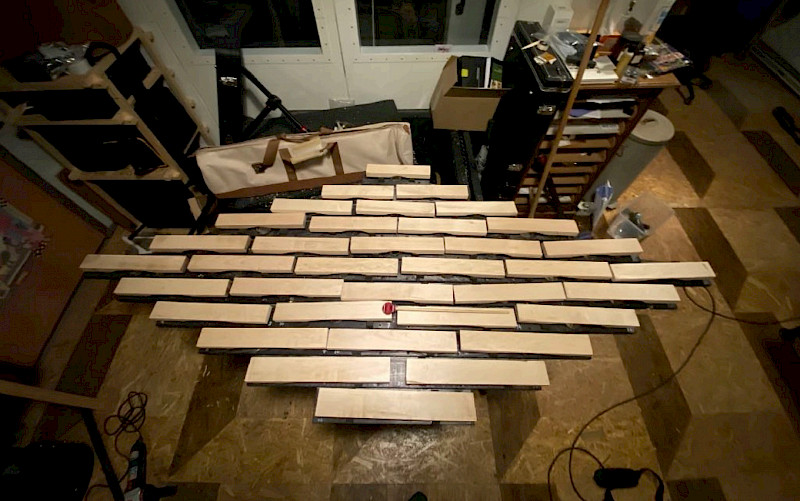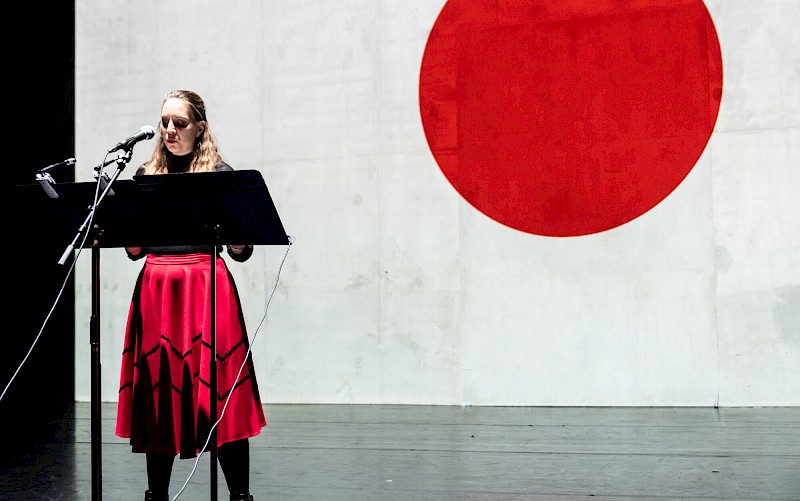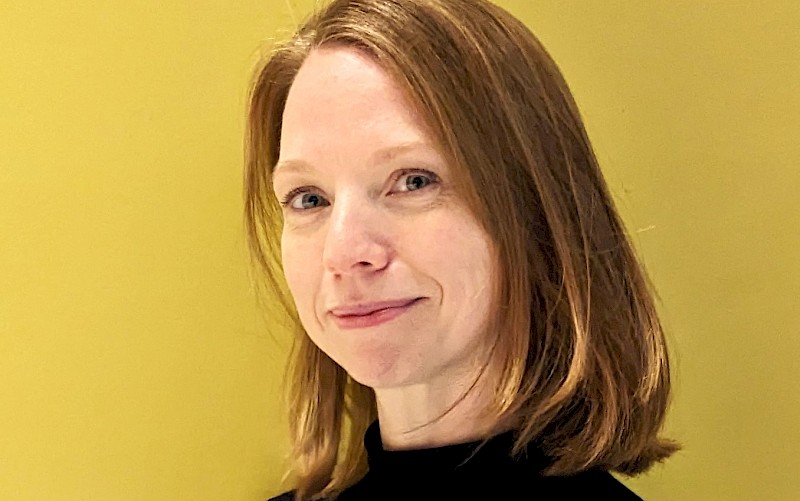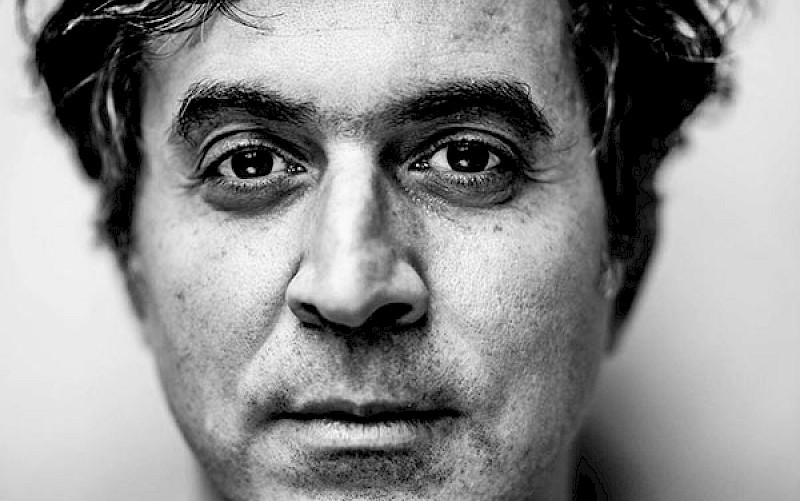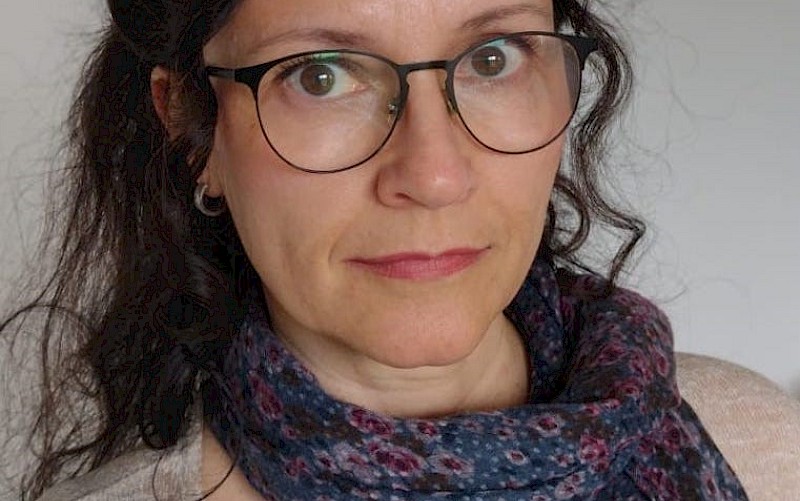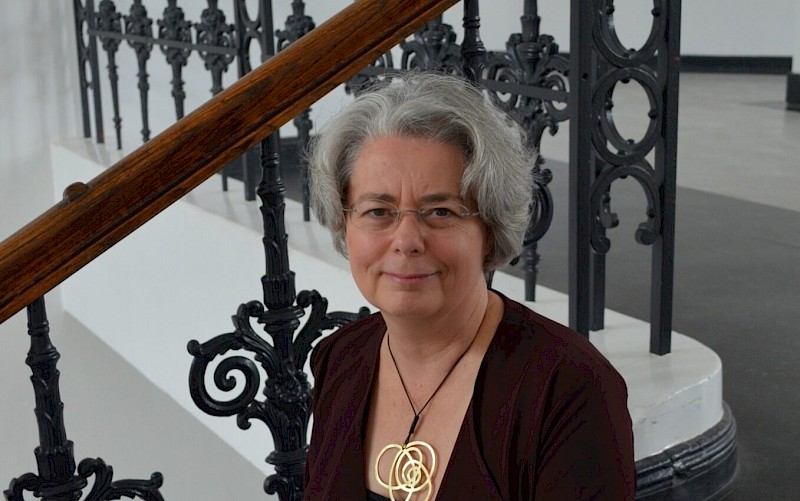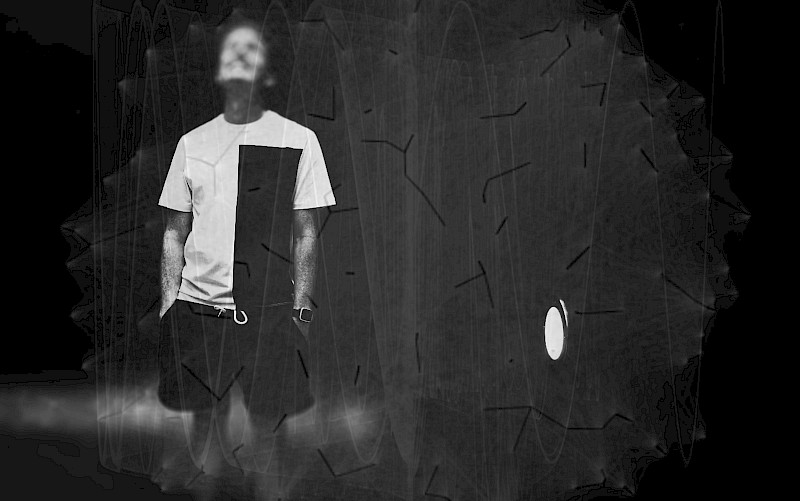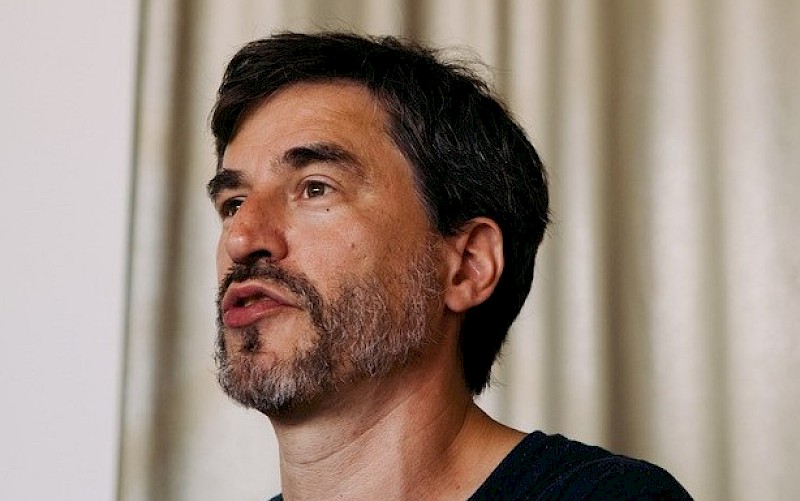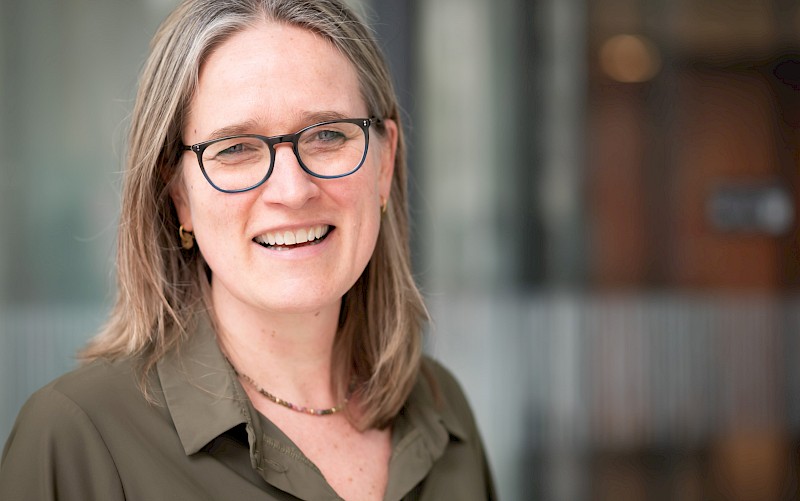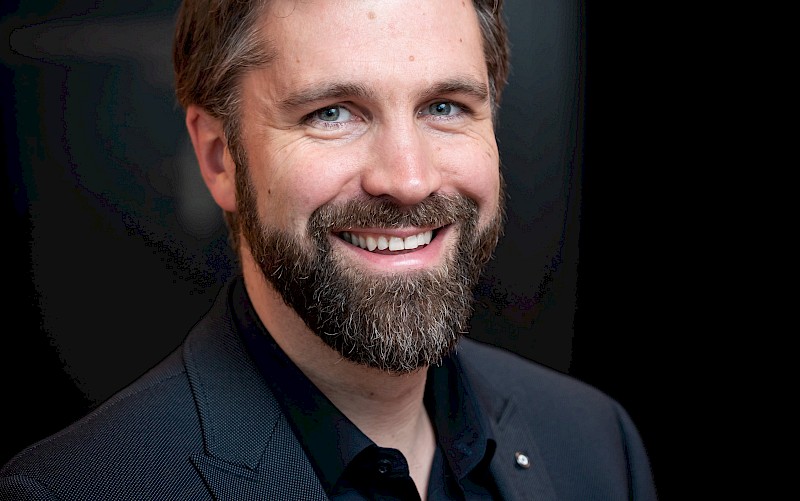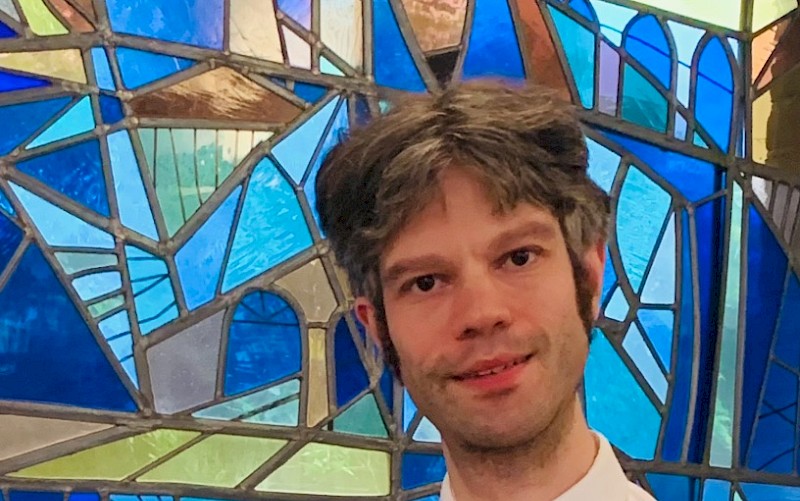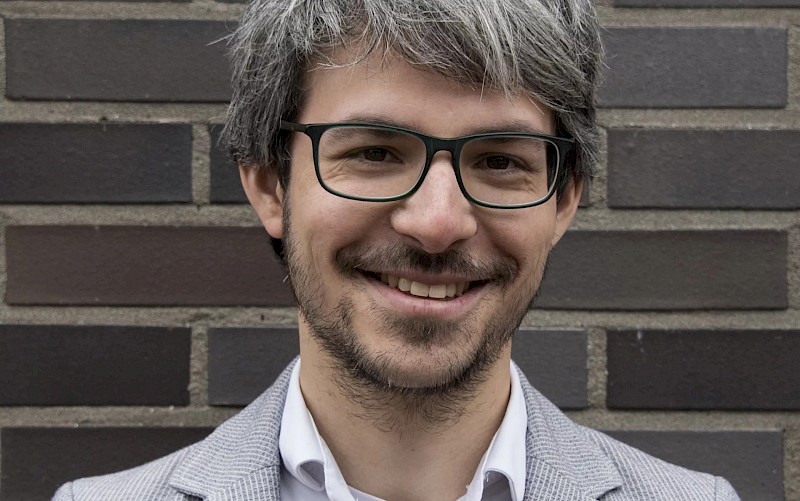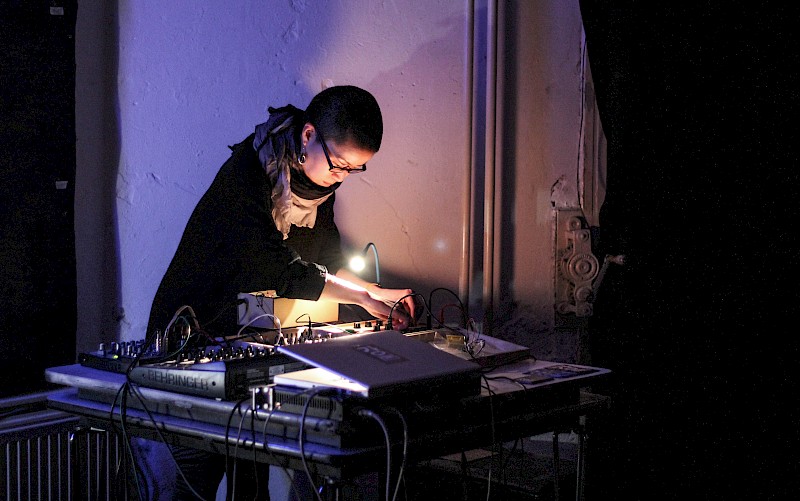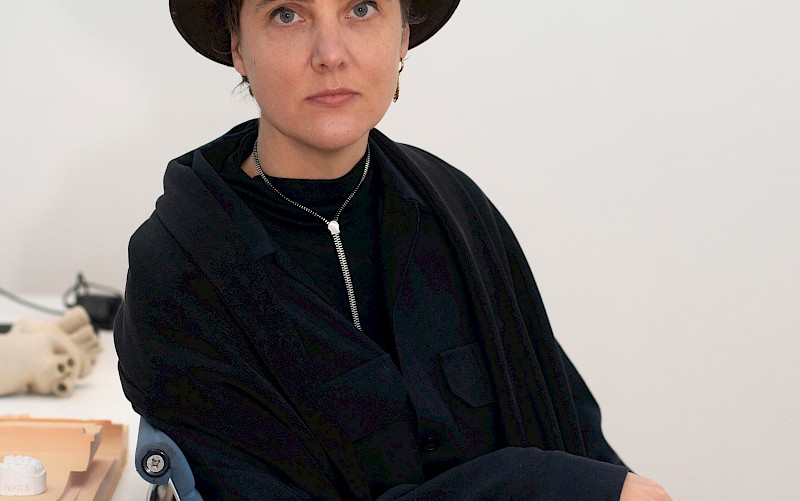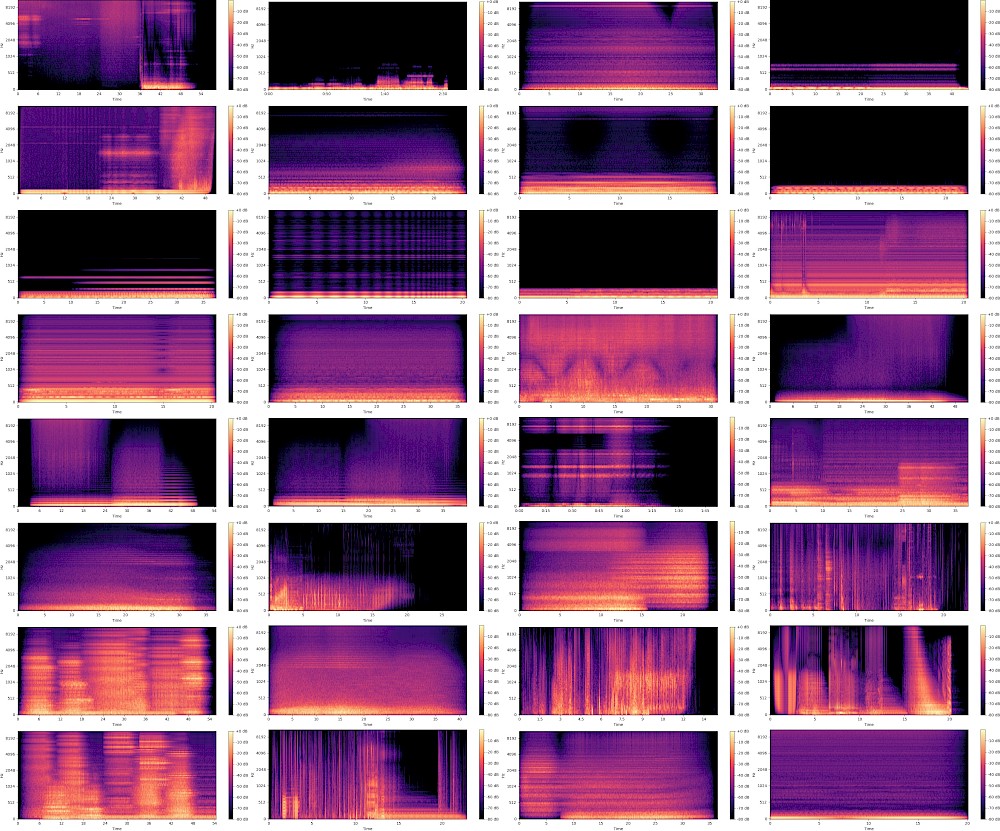
Recomposing Data: Machine Learning As Compositional Process
This research proposal concerns an approach to computer music that seeks to combine modern approaches in machine learning with established processes of algorithmic composition. The idea is to critically question the use of generative algorithms within the creative process and how the training and creation of data for machine learning can become an important part of that process.
Much of today's music technology research focuses on machine learning techniques such as deep learning and generative AI. The outcome of such approaches frequently concerns automatic music generation, style transfer, and sound classification. These usually require large data sets for training and significant computational resources, taking considerable time to complete. Once trained, AI models present vast latent spaces and many parameters to control, often without any knowledge or context on how to operate such technology. Meanwhile, classic algorithmic composition techniques such as stochastic approaches, selection principles, or agent-based systems bring about a rich tradition and practical knowledge while lacking adaptability and operational richness.
There will be two main threads explored:
1. Machine learning through regression of musical data from algorithmic processes such as control parameters and sound analysis.
2. Neural synthesis based on training on digital sound artefacts obtained through algorithmic composition processes.
These will be explored through practical work by the author and in close collaboration with conservatory students. The goal here is to merge the thinking of sound synthesis, machine learning, and algorithmic composition for novel compositional approaches. This leads to two main research questions:
1. How can the integration of machine learning with algorithmic composition techniques enhance the creative process in computer music, and what knowledge can be produced from this fusion?
2. How can the utilization of data obtained through the creative process itself, as opposed to pre-existing datasets, inform and enhance the training of machine learning models in computer music?
Objectives
1. Investigate the Integration of Generative Algorithms with Machine Learning:
Explore methods for combining generative algorithms with machine learning techniques, specifically focusing on regression models. Investigate how algorithmic composition processes, including control parameters and sound analysis, can be leveraged to train machine learning models for musical data regression.
2. Explore Neural Synthesis Training on Digital Sound Artefacts:
Investigate neural synthesis techniques by training on digital sound artefacts generated through algorithmic composition processes. Examine how neural networks can capture and reproduce the nuanced characteristics of sound obtained through established algorithmic composition methods, contributing to the operational richness of neural synthesis.
3. Facilitate Practical Implementation and Collaboration:
Engage in practical work to implement the proposed approach, combining machine learning, generative algorithms, and algorithmic composition. Collaborate closely with conservatory students to integrate their creative insights and perspectives into the research process, fostering a multidisciplinary exploration of sound synthesis and composition.
4. Assess Creative Applications and Compositional Approaches:
Evaluate the creative applications and compositional approaches resulting from the merged thinking of sound synthesis, machine learning, and algorithmic composition. Assess the impact of the integrated approach on the creative process, exploring new possibilities for musical expression and composition.

